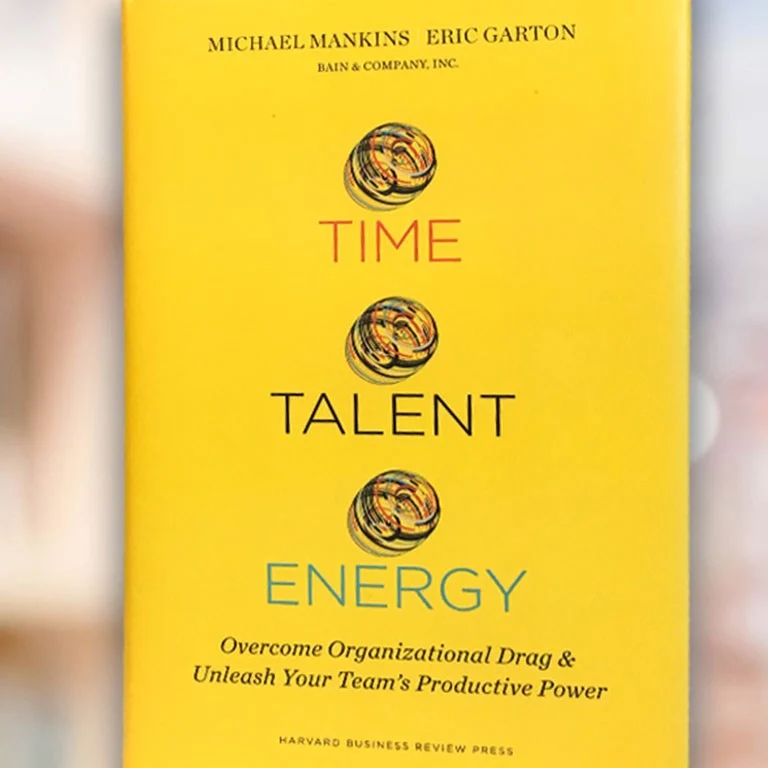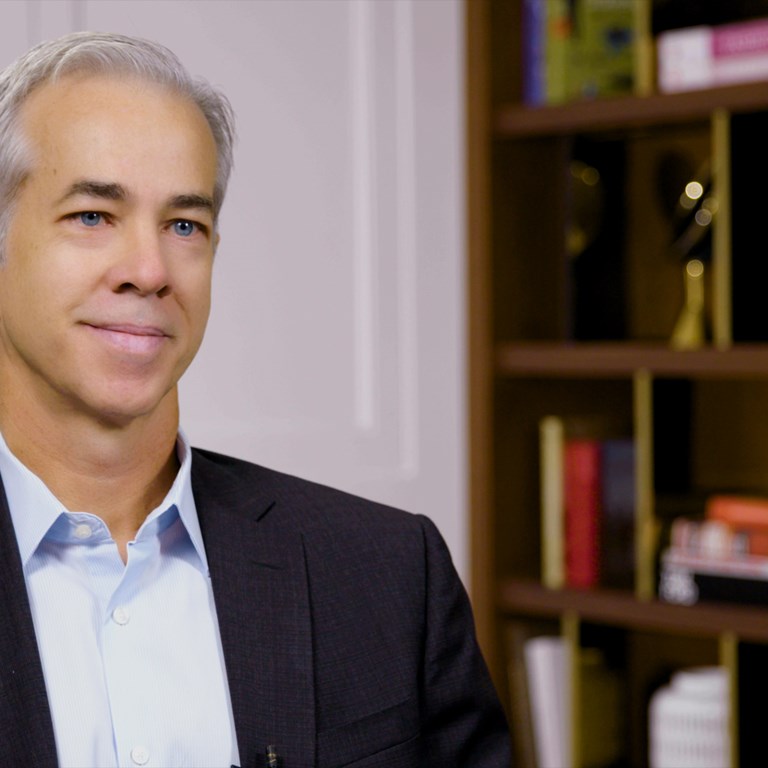HBR.org
This article originally appeared on HBR.org.
HR’s value and efficacy is a favorite topic of debate in business. Complaints about HR include things from weak, reactive business partnering to poor talent recruitment and development, from time-wasting processes to incomprehensible communications. I don’t intend to defend HR or provide guidance on how to change all those HR processes that have failed to deliver. But my colleagues and I will make a case for why hating HR can be bad for your company—and why HR has a vital role to play in helping an organization make the best use of its human capital.
Human capital, not financial capital, is today’s scarcest resource. It can be measured in three ways:
- Time. The hours that employees put into their jobs
- Talent. The skills, capabilities, and ingenuity they bring to their work
- Energy. The level of engagement, passion, and focus they apply to their work
The combination of these factors (time + talent + energy) and the interactions between them, is how human capital is converted into productivity and economic value.
With the help of the Economist Intelligence Unit, the research arm of The Economist, we set out to measure how effectively companies were making use of their human capital. Our research concluded that the best companies, the top quartile in our study, generated over 40% more productive power than the average of the bottom three quartiles. For the best companies, this benefit compounds over time, allowing them to build a massive productivity advantage over their competitors.
When you dig deeper into our research, you see where and why HR has a vital role to play in helping the modern enterprise stop wasting these precious resources, especially in an era where productivity is hard to come by.

Time, Talent, Energy
Learn more about how the best companies manage their people's time, talent and energy with as much discipline as they do their financial capital.
Let’s start with time. We found that the average company loses 21% of its productive power to time-wasting interactions. The best companies reduce this loss by nearly 50%. The root causes of the time-based losses in productivity are part structural and part behavioral. From a structural perspective, HR has a key role to play in helping business leaders develop effective organizational designs by addressing all structural elements that hard-wire time-wasting routines into their operating models, including organization shapes and hierarchies, processes, and systems. Other time leakages are driven by behaviors, and culture more broadly. To address these, companies must examine decision-making norms, governance forums, values and feedback systems, and how behaviors are reinforced, rewarded, or squelched. As a design partner, HR can help shine the spotlight on factors that create time-based losses, or what we call organizational drag. While HR alone cannot solve this problem, it should view itself as a guardian and equal partner in preserving precious time.
Next, consider talent. The best companies get a 29% boost in productivity from their talent. Note: The absolute amount of difference-making talent—those A players who deliver on your company’s strategy better than anyone else—at top-quartile companies is not that different at other companies. We found that companies in the top quartile rate approximately 16% of their talent as top-tier, difference-making talent, while the average of the bottom three quartiles is 14%, only two percentage points lower. More important than the amount of top talent is how effectively a company deploys and teams it against business-critical roles and mission-critical, enterprise-level initiatives. Well-teamed talent led by an inspirational leader who knows how to get the best effort from the company’s teams is a productivity force multiplier. While we are strong believers that HR can use advanced techniques and big data to identify and develop difference-making talent, the first and best place for HR to up its game is to ensure that talent is appropriately deployed, teamed, and led by inspirational leaders.
Finally, let’s look at energy. For the average company, energy was the single largest source of productive power. Our research indicates that the most energetic employees—who we would call “inspired”—were more than two times as productive as a merely “satisfied employee” and 50% more productive than an “engaged” employee. To some extent, in talking about engagement, companies aim too low. While the path to employee inspiration requires multiple dimensions, HR can take three immediate actions that would make a material difference:
- Systematically eradicate the factors that steal time from employees and make it harder for them to do their jobs.
- Redefine ways of working, and build a working environment that thoughtfully balances the twin performance-enhancing goals of accountability and autonomy.
- Help employees link their roles to the broader company’s insurgent customer mission, one that is espoused and modeled by inspirational leaders. We believe that inspirational leadership is within the reach of all management and can be learned and developed.

Eric Garton: Time, Talent and Energy
The key to tackling low productivity growth is to efficiently and effectively use your scarcest resources.
HR has a critical role to play in unlocking the energy of the organization. But it will need to rebrand, reposition, and reorient itself if it is to play this role in improving business performance and increasing return on investments in human capital.
Eric Garton is a partner in Bain & Company’s Chicago office and leader of the firm’s Global Organization practice. He is coauthor of Time, Talent, Energy: Overcome Organizational Drag and Unleash Your Team’s Productive Power (HBR Press, March 2017).